Mexico › Oaxaca
Updated: March 2, 2022
See Also
- Oaxaca – Where to Stay
- Oaxaca – Visiting Monte Albán
- Mexico – Where to Go
- Mexico – With Kids
- Mexico – Best Time to Visit
- Mexico – Best Beaches
- Mexico – Cancun vs Tulum vs Playa del Carmen
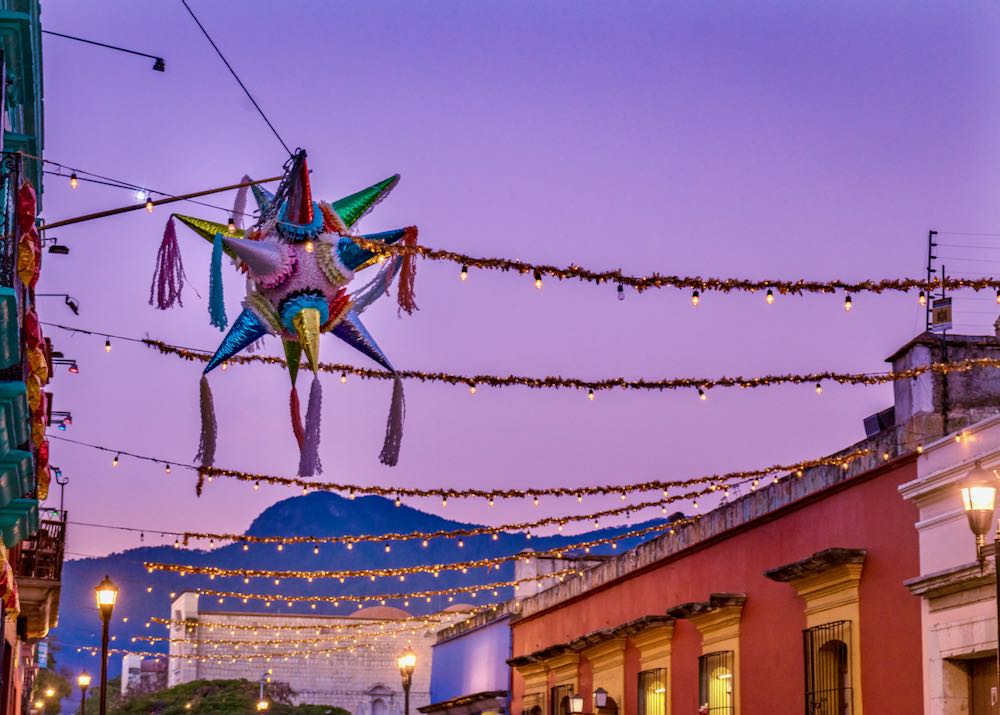
Oaxaca is a historic city in Mexico, and one of our absolute favorite places to go in the country. Oaxaca is best known for its colonial architecture, unique cuisine (especially its mole sauces), markets, and its rich indigenous cultures (especially Zapotec and Mixtec).
Frequently Asked Questions about Oaxaca
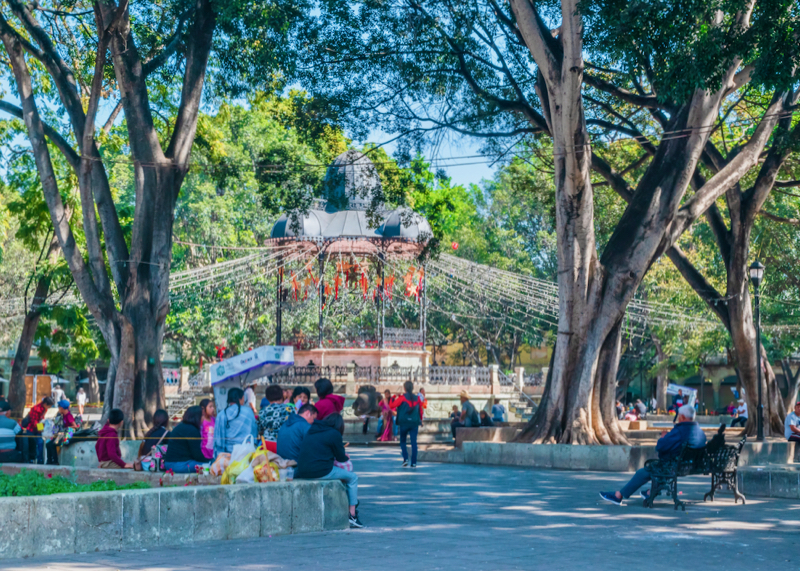
The gazebo at the center of the main plaza in the center of Oaxaca.
Where is Oaxaca?
Oaxaca is a city in Mexico, serving as the capital of the southeastern state of Oaxaca. The city lies at the heart of the state in the Valles Centrales region, on the edge of the Sierra Madre. Oaxaca lies about 460 km southeast of Mexico City, 340 km southeast of Puebla, and 450 km south of Veracruz. Non-stop flights to Oaxaca take 3 hours 50 minutes from Los Angeles, 2 hours 55 minutes from Dallas, and just 50 minutes from Mexico City.
How big is Oaxaca?
Oaxaca has a greater metro population of around 650,000. The city lies along the valley of the Atoyac River, between the foothills of the Sierra Madre.
What is the history of Oaxaca?
Located within the Mixtec and Zapotec heartlands, the Oaxaca area was initially of little interest to the Spanish. A small settlement was established in the 1520s, but Oaxaca possessed nothing in the way of mineral wealth and had little agricultural value (some coffee was grown here, however). Despite being the home of two presidents in the 19th century – Benito Juárez and Porfirio Díaz – Oaxaca remained a backwater, it’s indigenous cultures largely maintaining their traditions. The biggest event of recent decades were the 2006 Oaxaca protests, when striking teachers clashed with riot police, initially over low wages and later over political corruption.
How do I get to Oaxaca?
Oaxaca is connected to the US by several non-stop flights, notably from Dallas and Los Angeles, and to a handful of cities within Mexico; flights from Canada and Europe route through Mexico City or the US. Within Mexico, first-class long-distance buses are an economical and comfortable alternative to flying – buses to Oaxaca from Mexico City (6 hours) and Puebla (4 hours 30 minutes); operate hourly. Oaxaca’s first-class bus terminal is at Calzada Niños Héroes de Chapultepec 1036, uphill from and northeast from the city center; arriving here it’s best to take a taxi (around 50 pesos).
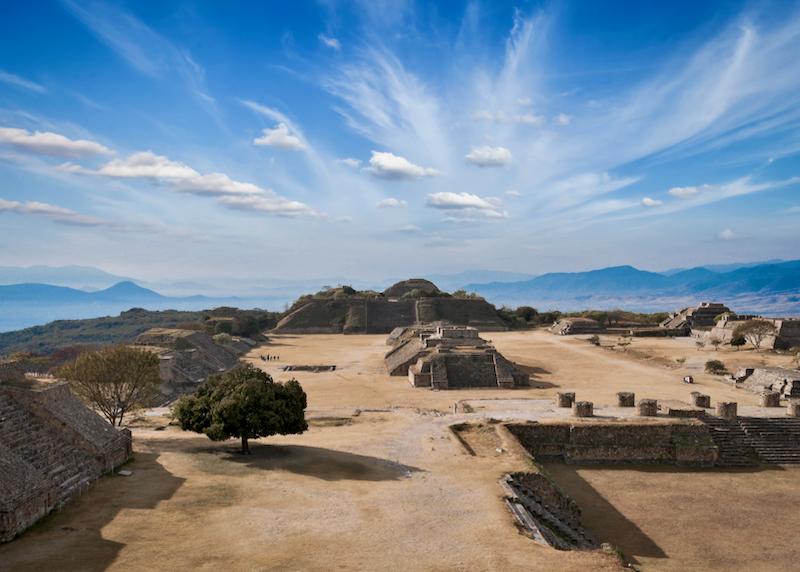
The ancient ruins of Monte Alban on the outskirts of the city make a for a great day trip.
What are the options for Oaxaca airport transportation?
Oaxaca’s airport (Aeropuerto Internacional Xoxocotlán) lies 10km south of the center. Take a taxi from here: shared (colectivo) and private cars are available (from 90 pesos for colectivo, to 350 pesos for private cars); buy tickets at the kiosk in the terminal before leaving. Colectivos are just as reliable/safe as private taxis but can take up to 30 minutes longer depending on how many stops they make.
Can I use Uber in Oaxaca?
Uber is not available in Oaxaca. Chinese-owned DiDi, a similar ride-sharing app, does operate in Oaxaca and can offer slightly cheaper rates than taxis, but we’d recommend sticking with regular taxis for first-time visitors.
Can I drive to Oaxaca?
It’s possible to drive to Oaxaca, but it’s not recommended. The drive down from the US border is long (800 miles/1287 km), the route is complicated, and the Mexican border states of Nuevo León and Tamaulipas have been affected by drug cartel violence. In addition, the roads in and around Oaxaca are often congested and confusing to navigate.
Do I need a car in Oaxaca?
The historic center of Oaxaca is best appreciated on foot (and isn’t that big in any case). Local taxis are also available and relatively cheap (50 to 60 pesos for trips within the center).
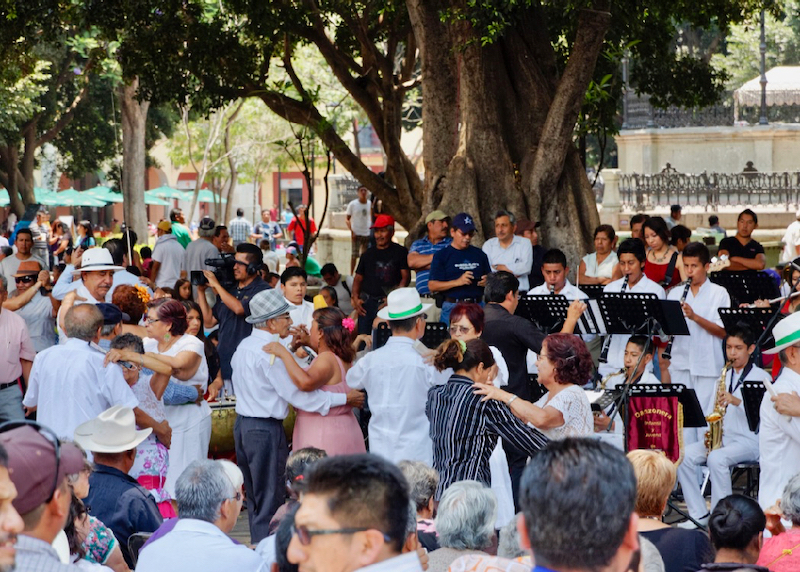
Public concerts in the plaza are popular with locals and tourists alike.
When is the best time to go to Oaxaca?
Sub-tropical Oaxaca is at its best November through February, when it’s cool, sunny, and dry, though visiting from March to May is usually fine – not uncomfortably hot and still relatively dry. The summer (June to October) is warm and relatively wet. Avoid Easter, Christmas, and any Mexican public holiday to avoid crowds of domestic tourists and high hotel prices (July and August also tend to be more expensive because of Mexican school holidays).
Where should I stay in Oaxaca?
Aim to stay in the atmospheric old center of Oaxaca, close to all the sights, best restaurants, and attractions. Unless it’s a public holiday, there should be lots of choices, from hostels to luxurious boutiques, and most hotels occupy beautiful historic properties. We like mid-range B&B Casa de las Bugambilias (Reforma 402), decked out with work by local artists, and the more luxurious Hotel Parador San Miguel (Avenida Independencia 503), set around a colonial courtyard.
For a real splurge consider Quinta Real (5 de Mayo), a converted convent with large pool and top-notch restaurants.
Our favorite budget options include Las Golondrinas (Tinoco y Palacios 411), and the city’s best hostel, Hostel Don Niño (Pino Suárez 804), which has dorms and good private rooms, breakfast included.
What are the best things to do in Oaxaca?
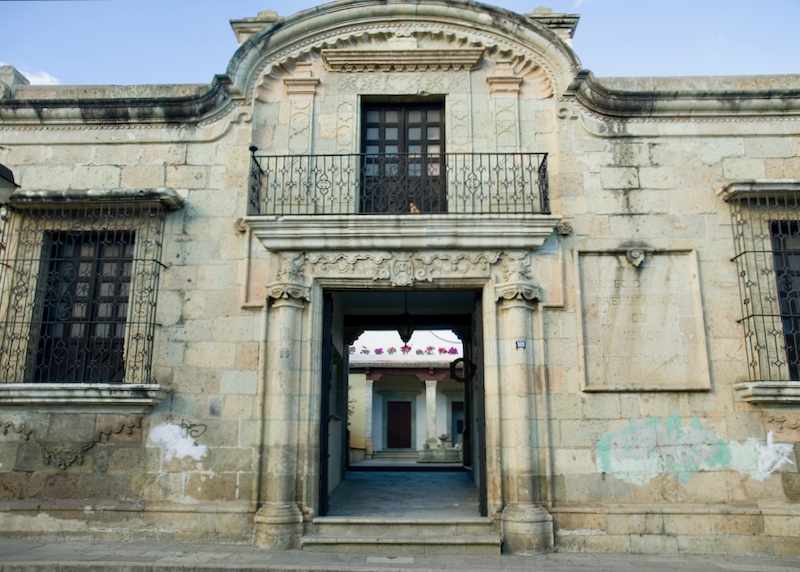
The Rufino Tamayo Museum in Oaxaca.
Soak up the charming atmosphere in the old town, and go craft shopping in Oaxaca’s vibrant markets. Plaza de la Constitución, the main square, is ringed by languid cafes and often hosts fiestas and musical performers. Here also is the city’s grand cathedral and mural-smothered Palacio de Gobierno. Of Oaxaca’s many colonial churches, the most spectacular are 17th-century Santo Domingo de Guzmán, one of the finest examples of Mexican Baroque in the country, and the Basílica Menor de Nuestra Señora de la Soledad, which contains a revered statue of the Virgin Mary.
The city is also crammed with museums – our favorites are the Museo de las Culturas (1a. Cerrada de Macedonio Alcala), which chronicles the history of Oaxaca since Mixtec times, and the Museo Rufino Tamayo (Av. Paseo de la Reforma 51), housing the Mesoamerican artifacts collected by local abstract artist Tamayo.
Saturday is the best day for markets in Oaxaca; all sorts of colorful produce is sold at Mercado Benito Juárez, along with stalls offering local mescal, cheese, and mole sauce powders. The nearby Mercado 20 de Noviembre is crammed with food and snack stalls, while the best place for indigenous handicrafts is Mercado de Artesanías (20 de Noviembre, between Mina and Zaragoza). On the edge of the old town, sprawling Mercado de Abastos is the city’s general market, where everything from fruit to furniture is sold.
What are the best things to do around Oaxaca?
Numerous operators run half-day trips out of Oaxaca to the spectacular Zapotec ruins of Monte Albán, just outside the city, as well the Mixtec and Zapotec villages in the surrounding valleys. Try Oaxaca Tours, or René at Las Bugambilias Tours.
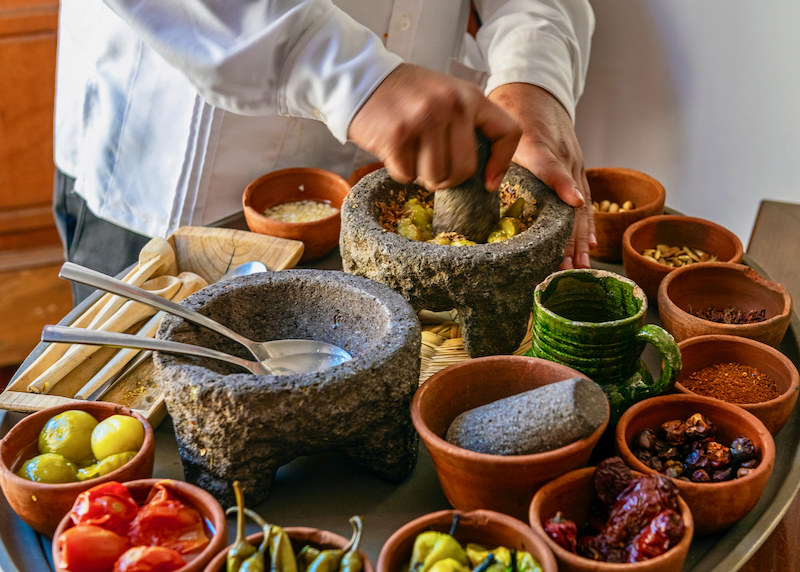
Preparing a traditional pasilla chili sauce in a restaurant. Oaxaca is full of excellent regional cuisine.
What are the restaurants like in Oaxaca?
The restaurants in Oaxaca are excellent – Oaxacan cuisine is one of Mexico’s most celebrated. Oaxaca’s nickname is the “land of the seven moles” after its best-known sauces: mole negro is the most popular, made with chocolate. Moles typically accompany chicken or enchiladas, served at street stalls as much as gourmet restaurants. Other local specialties include deep-fried grasshoppers known as chapulines, and tlayudas, giant crispy tortillas.
Our favorite restaurants include Casa Oaxaca (Constitución 104-A), which serves traditional and contemporary versions of Oaxacan food, and elegant Restaurante Catedral (García Vigil 105). For the best and cheapest tacos in the city, make for Lechoncito de Oro, on the corner of Calle de Los Libres and Murguía. For cheap and tasty lunch deals (and mescal margaritas) try Los Danzantes (Alcalá 403) in the courtyard of the Plaza Comercial. For something really special, book a table at Zandunga (García Vigil 512-E), a colorful spot specializing in contemporary Oaxacan food.
Does Oaxaca have cooking classes?
Oaxaca is a great place to learn to cook Mexican and Oaxacan food. Chef Oscar Carrizosa runs popular classes at Casa Crespo (Jacobo Dalevuelta 200), while Reyna Mendoza’s El Sabor Zapoteco (Avenida Benito Juárez 30) is an indigenous-run school in nearby Teotitlán del Valle.
Does Oaxaca have places to learn Spanish?
Oaxaca is also a fun place to learn Spanish. Recommended schools include small-scale Amigos del Sol (Calz. San Felipe del Agua 322) and Becari Language School (M. Bravo 210 and Gómez Farías 118). For a bigger range and more formal lessons checkout Instituto Cultural Oaxaca (Av Benito Juárez 909).
Does Oaxaca have ways to volunteer?
Oaxaca remains one of the poorest states in Mexico. For information about donations and volunteering, contact local charities such as Oaxaca Streetchildren Grassroots, and Fundación En Vía.
What currency is used in Oaxaca?
The Mexican peso (often prefixed with a “$” sign) is the currency of Mexico and Oaxaca. Most major shops and restaurants in Oaxaca accept credit cards, but it is a good idea to have some peso cash on hand for museum entry and small purchases like bottled water and snacks. ATMs are easy to find in Oaxaca around the main plaza.
Is Oaxaca expensive?
There are so many hotels in Oaxaca prices are competitive, and there are plenty of cheap places to eat, from local canteens to taco stalls. Taxis are cheap and museums rarely charge more than US$2–3 equivalent.
Is Oaxaca safe?
Oaxaca has generally avoided the drug violence that has affected other parts of Mexico. Take the usual precautions, especially at night, and keep valuables in room safes.
Read More
- Cancun – Best Hotels
- Cancun – Family Hotels
- Isla Mujeres – Best Hotels
- Isla Mujeres – Family Hotels
- Los Cabos – Travel Guide
- Los Cabos – Best Hotels
- Los Cabos – Family Hotels
- Mazatlan – Best Hotels
- Mazatlan – Family Hotels
- Playa del Carmen – Best Hotels
- Playa del Carmen – Family Hotels
- Puerto Vallarta – Best Hotels
- Puerto Vallarta – Family Hotels
- Punta de Mita – Best Hotels
- Sayulita – Best Hotels
- Tulum – Best Hotels
- Tulum – Family Hotels